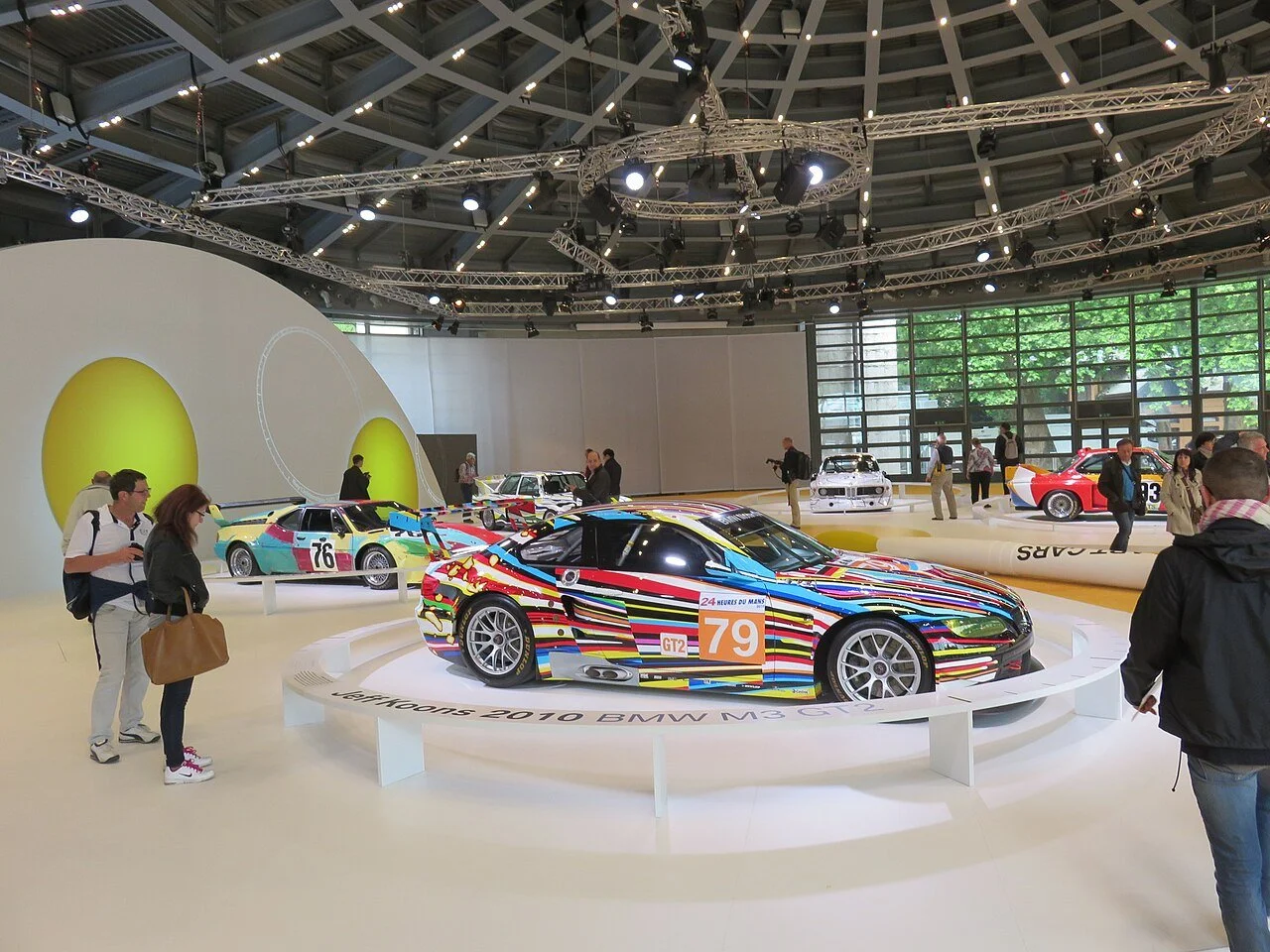
Racing’s Second Revolution - Part 4: Building a Business Around Racing Independent of Sponsorship
From local karting outfits to Formula 1 giants, the path to independence looks different but the logic is the same: every team, regardless of size, can move up the Vaucher Analytics Relevance Pyramid by creating owned assets that work for them even when sponsors don’t pick up the phone.
For smaller teams, that might mean hustling to secure buzz-worthy creative partnerships, and for the elite tier it’s about entering culture itself, maybe even shaping it.
The execution of these ideas is another matter, but the more teams build their own IP, the less time they’ll spend chasing sponsorship deals, and the more resilient motorsport becomes overall.

Inside SimRacing Expo 2025: Passion, Progress, and a Market Searching for Maximum Grip
Walking out of Messe Dortmund, I felt optimism, and impatience.
This year’s SimRacing Expo 2025 proved simracing has passion, products, and momentum.
What it still needs is connection; to the broader motorsport world, and to the people who will define its future.
Will the simracing community fuel further growth by embracing the trends that are powering real life motorsport, and if it does, will real life motorsport finally begin to care a little more about simracing?
I’m already counting down the days to SimRacing Expo 2026 to find out.

Racing’s Second Revolution - Part 3: The Roadmap To Move Away From Sponsorship And Towards Owned Revenues
Whereas many online personalities with tens, or even hundreds, of thousands of followers will lead their respective audiences to believe they are living the good life, there are so many stories out there of creators with large follower counts who in reality struggle because they fail to monetize that following.
That’s because their content feeds into what social media algorithms want: quick-hit videos which generate an intense but fleeting emotion, because one video is quickly scrolled over for the next.
These audiences are entertained, but they’re not engaged.
The analogy is absolutely relevant to motorsports teams and drivers because if they can’t pivot from content that satisfies an algorithm to content that they can truly own, they will continue to be reliant on uncertain sponsorship package sales.

From Game to Operating System: Why the Cosworth–iRacing Partnership Could Redefine Motorsport by 2030
On August 28, 2025, iRacing announced a landmark partnership with Cosworth, the legendary engineering firm producing everything from engines to steering wheels to, pertinently for this announcement, software.
At first glance, this might sound like a “nice upgrade” for sim racers who want to feel a little closer to the action: Cosworth’s Pi Toolbox, highly regarded in professional race telemetry, will be made available to all iRacing users.
Cosworth is no stranger to the sim racing space, having already released consumer versions of some of their highly recognizable, real-life steering wheels.
But this news is far bigger than just new features for a PC sim.

